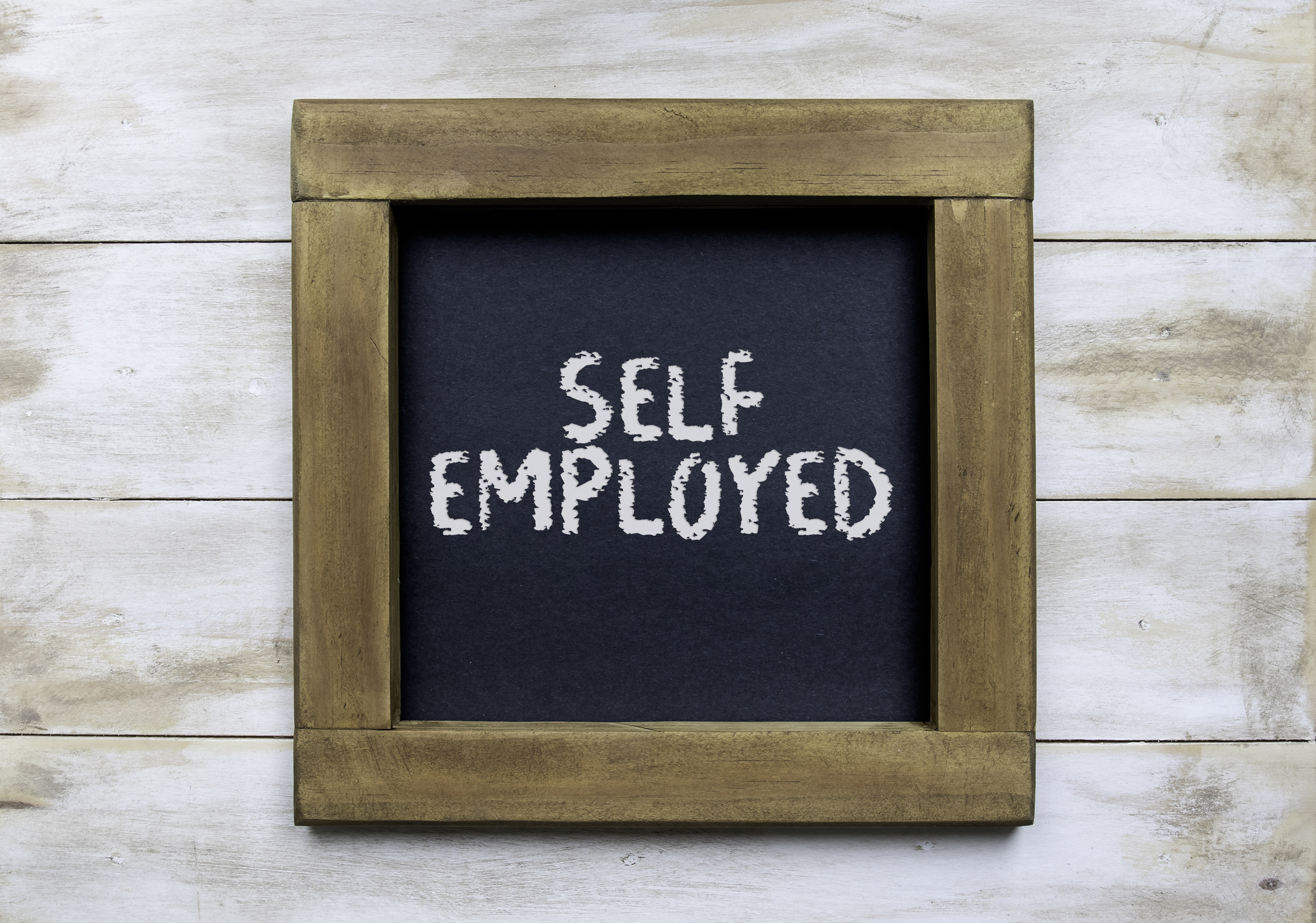My Wallet Was Stolen: 4 Lessons Learned
Follow these tips so thieves don't target you -- and if they do, you'll be prepared.
Someone stole my stinking wallet while I was pushing a cart at the supermarket. And, to add insult to injury, the wallet was snatched during National Protect Your Identity Week (October 17 to 24).
I learned a few valuable lessons from the experience, which I would like to share. Here’s what I did wrong, what I did right and how I will be more prepared if it ever happens again (not that it will).
Lesson 1: Stay alert -- even in the frozen-food aisle. When I got to the grocery store, I set my purse down in my shopping cart and began walking up and down, turning my back every so often to grab a bottle of this and a package of that. I shouldn’t have been so trusting. When I got to the register, I realized that my wallet had been plucked from my purse and I couldn’t pay for my groceries. I offered to put them all back (and felt grateful that the thief had not taken my purse, with my keys, phone, and datebook).
From just $107.88 $24.99 for Kiplinger Personal Finance
Become a smarter, better informed investor. Subscribe from just $107.88 $24.99, plus get up to 4 Special Issues

Sign up for Kiplinger’s Free Newsletters
Profit and prosper with the best of expert advice on investing, taxes, retirement, personal finance and more - straight to your e-mail.
Profit and prosper with the best of expert advice - straight to your e-mail.
Lesson 2: Crooks can work fast. So keep the number to report lost or stolen cards handy. Everyone knows that the first thing to do is cancel your credit and debit cards. (Actually, the first thing I did was call my Mom. But right after that I called the bank.)
The crooks were quick: By the time I had retraced my steps in the grocery, driven home and looked up the “800” numbers to call to report missing cards and freeze my accounts, they had already used my cards. The first place they ran was to an office-supply store less than a block away from the grocery. They bought just less than $10 worth of stuff. Why pens and pencils? Why not big-ticket items? Police say criminals often test cards they steal by making small purchases first. They continued to try their luck at department stores and fast-food restaurants, but by that time I had frozen my accounts.
On the semi-frantic drive from the grocery to my apartment I wondered why I had never programmed the toll-free number to report a lost or stolen card into my cell. It’s more important than the pizza-delivery number I have in there.
Lesson 3: Report the problem ASAP to police and the credit agencies. I was in the process of filing a police report when my bank called to tell me where my cards had been used. The one charge that made it through before I froze the accounts would be taken off as soon as I signed and returned an affidavit that the bank would send me.
I relayed the bank’s information to the police to help them find the culprit. In turn, I can use the police report if I need to place an extended fraud alert, which lasts for seven years, on my credit report later on.
The day my wallet was stolen I filed an initial fraud alert online to be put on my credit report. The alert lasts for 90 days and entitles me to one free copy of my credit report from each of the three agencies (see below). An alert tells potential creditors that you have reason to believe that you are at risk for identity theft and to be cautious about granting credit in your name. I thought it necessary because the person with my wallet now had my driver’s license, credit cards, several forms of photo ID and a good look at my signature (see Fraud Alert Versus Credit Freeze).
Lesson 4: Keep photocopies of your wallet’s important contents. I should’ve made copies. Now, as I replace the contents of my wallet, I am keeping photocopies of important cards: my driver’s license, insurance cards, mass-transit pass, etc. Had I done this before “the incident,” getting replacements would have gone more smoothly. It would not have been so hard to remember what in my wallet needed replacing. And I would have been able to provide current account info when asking for replacement cards.
Though I will never see my wallet or my Robek’s juice card again (I was just three hole punches away from a free smoothie!), I did learn some things.
Bonus Tip: How to place a fraud alert
To place an initial 90-day alert on your credit, contact one of the three credit-reporting agencies (Equifax, Experian and TransUnion). By contacting one of the three agencies, your request will be passed on to the other two, which will then send you confirmation. It is free to set up an alert, which removes you from prescreened credit-solicitation lists and forces lenders to take extra steps before approving credit in your name. It also affords you one free copy of your credit report from each agency.
After the 90 days are up, if you are still concerned, you may place an extended fraud alert on your file -- also free of charge. To request an extended alert, you will have to provide a police report or official record showing you’ve been a victim of identity theft. Here’s how to contact the agencies:
Equifax (800-525-6285; P.O. Box 105069, Atlanta, Ga. 30348-5069)
Experian (888-397-3742; P.O. Box 9530, Allen, Tex. 75013)
TransUnion (800-680-7289; P.O. Box 6790, Fullerton, Cal. 92634)
Profit and prosper with the best of Kiplinger's advice on investing, taxes, retirement, personal finance and much more. Delivered daily. Enter your email in the box and click Sign Me Up.
-
 Dow Soars 600 Points as Trump Retreats: Stock Market Today
Dow Soars 600 Points as Trump Retreats: Stock Market TodayAnother up and down day ends on high notes for investors, traders, speculators and Greenland.
-
 12 Tax Strategies Every Self-Employed Worker Needs in 2026
12 Tax Strategies Every Self-Employed Worker Needs in 2026Your Business Navigating the seas of self-employment can be rough. We've got answers to common questions so you can have smoother sailing.
-
 7 Hybrid Adviser Services, Reviewed
7 Hybrid Adviser Services, ReviewedThese hybrid adviser services aim for a sweet spot that combines digital investing with a human touch.
-
 9 Types of Insurance You Probably Don't Need
9 Types of Insurance You Probably Don't NeedFinancial Planning If you're paying for these types of insurance, you may be wasting your money. Here's what you need to know.
-
 Amazon Resale: Where Amazon Prime Returns Become Your Online Bargains
Amazon Resale: Where Amazon Prime Returns Become Your Online BargainsFeature Amazon Resale products may have some imperfections, but that often leads to wildly discounted prices.
-
 Roth IRA Contribution Limits for 2026
Roth IRA Contribution Limits for 2026Roth IRAs Roth IRAs allow you to save for retirement with after-tax dollars while you're working, and then withdraw those contributions and earnings tax-free when you retire. Here's a look at 2026 limits and income-based phaseouts.
-
 Four Tips for Renting Out Your Home on Airbnb
Four Tips for Renting Out Your Home on Airbnbreal estate Here's what you should know before listing your home on Airbnb.
-
 Five Ways to a Cheap Last-Minute Vacation
Five Ways to a Cheap Last-Minute VacationTravel It is possible to pull off a cheap last-minute vacation. Here are some tips to make it happen.
-
 How Much Life Insurance Do You Need?
How Much Life Insurance Do You Need?insurance When assessing how much life insurance you need, take a systematic approach instead of relying on rules of thumb.
-
 When Does Amazon Prime Day End in October? Everything We Know, Plus the Best Deals on Samsonite, Samsung and More
When Does Amazon Prime Day End in October? Everything We Know, Plus the Best Deals on Samsonite, Samsung and MoreAmazon Prime The Amazon Prime Big Deal Days sale ends soon. Here are the key details you need to know, plus some of our favorite deals members can shop before it's over.
-
 How to Shop for Life Insurance in 3 Easy Steps
How to Shop for Life Insurance in 3 Easy Stepsinsurance Shopping for life insurance? You may be able to estimate how much you need online, but that's just the start of your search.